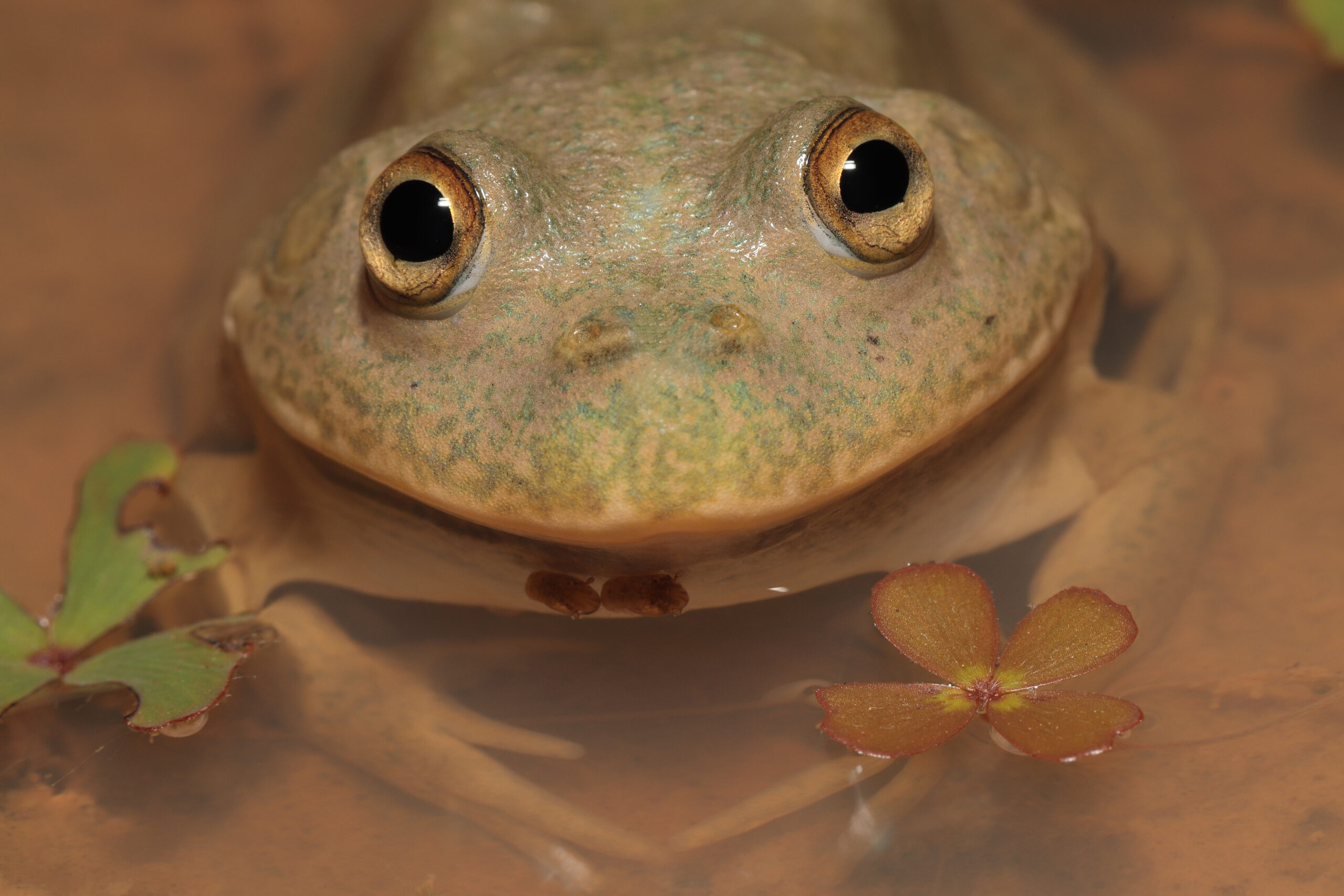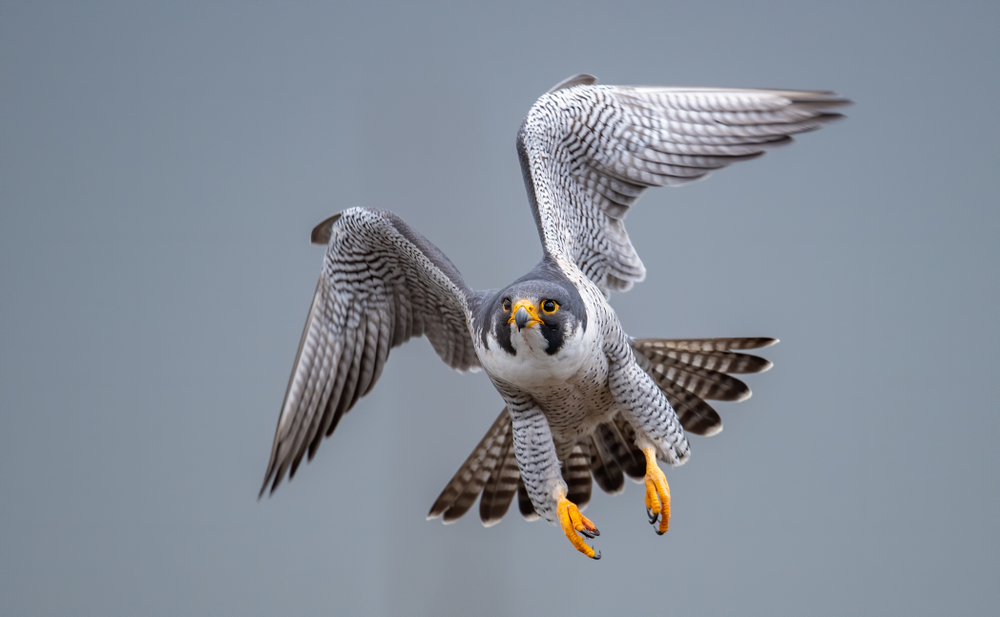| Common name | Mosquito |
| Scientific name | Culicidae |
| Type | Insect |
| Diet | Nectar and animal blood |
| Average lifespan | Males live for 10 days, females live between 42-56 days |
| Size | 4mm – 6mm |
The blood thirsty mosquito doesn’t have many fans in the human world.
Despite the chorus of slapping and yelping that often accompanies an Australian summer BBQ, it might come as a surprise to some that mozzies don’t intentionally ‘bite’ their victims. With over 3,500 types of mosquitos found throughout the world and over 350 right here in Australia, the mosquito ‘feeds’ on blood as a necessity to reproduce and survive.
A soft bodied insect, the mosquito belongs to the same family as the house and fruit fly as they all have two clear, veined wings. It’s these two wings which create the well-known whinging sound that mozzies are famous for, with the pitch of the buzzing changing as the creature varies its flapping frequency.
A mosquito’s long feather-like antennae can detect carbon-dioxide from a person’s breath and movement in the air, while the mouthpiece of the female insect forms a piercing-sucking spout used to extract blood from its victims.
Found throughout Australia, mosquitos often make their home in developed urban areas close to human populations. Mosquitos breed in soft moist soil or stagnant fresh water sources like wetlands, storm water drains, bird baths or anywhere that water has been left to pool.
Male mosquitos feed on nectar and plant fluids, whereas the female mosquito dines on a meal of blood that is used to nourish developing eggs. A few days after her nutrient rich supper, she lays about 200 eggs on a watery surface. The majority of mosquito species produce ‘rafts’ where a collection of eggs joins together and float as one until they hatch two to three days later. Born in water, the larvae or ‘wrigglers’ breathe air and come attached with their own snorkelling adaptation – a siphon attached to their abdomen which they use to breathe at the water surface.
Female mozzies of different species can be fussy when it comes to their host. The Aedes alternans prefers to bite humans, while other species like the Culex australiucus prefer the blood of rabbits or birds. The mosquito has several techniques in which to find a host, including detection through body odour, increases in carbon dioxide and air pressure, as well as heat.
A mozzie bite can leave the skin itchy, with a red bump, thanks to the allergic reaction from the mosquitos saliva. The female injects a small amount of saliva into the host which contains chemicals to stop the host’s blood from clotting while they feed. Mosquitos are also known carriers of diseases and viruses which can also be transmitted through a mozzie bite, with Ross River Fever the most transmitted mosquito virus in Australia.
On a positive note, mosquitos help pollinate some flowering plants and are an important food source for native animals including birds, fish, bats, frogs, and other insects like dragonflies and damselflies.








